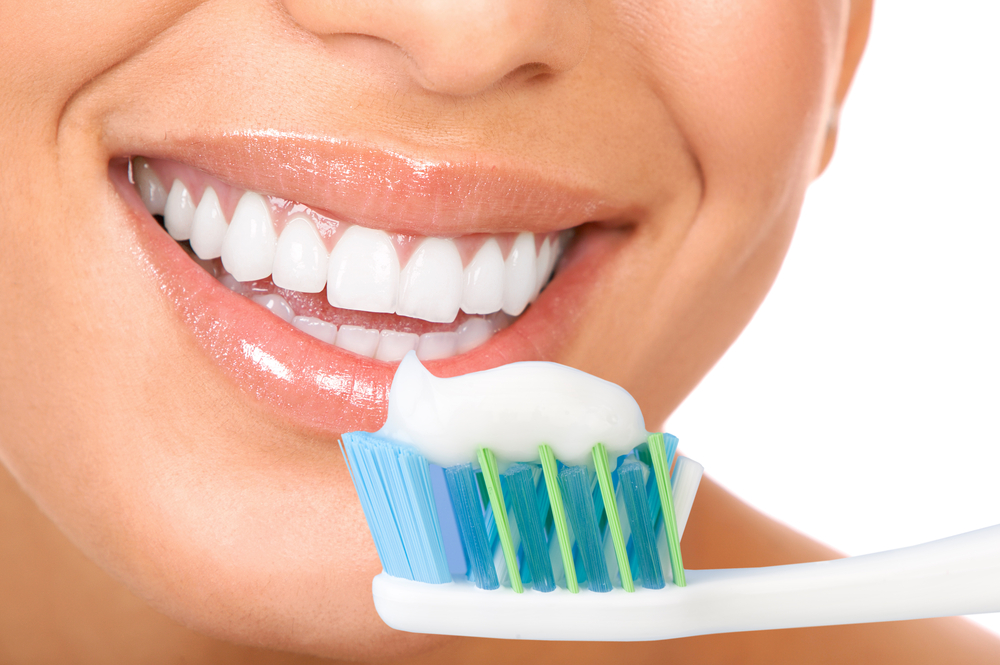Do Mouthwashes Work?

Over-the-counter mouthwashes do put a stop to bad breath. But some of them also stain teeth, according to a new report on mouthwash effectiveness.
The report involved a review of past studies on mouth rinses and bad breath.
Up to half of the U.S. population and between 50 percent and 60 percent of the population in France say they suffer from halitosis, or bad breath.
The offensive odor is produced by bacteria and food residues that accumulate in the little furrows etched into the tongue and in teeth crevices. There, the bacteria break down the food and churn out sulfur compounds including hydrogen sulfide (the same substance that gives rotten eggs their nauseating smell).
"Halitosis is an unpleasant odor that originates from the mouth and can be serious enough to cause personal embarrassment," the researchers write in the Cochrane Library report.
The odor also can be a telltale sign of gum disease, as some of the same bacteria that cause bad breath are involved in gum disease.
"People who may have bad breath don't necessarily have gum disease," said lead researcher Zbys Fedorowicz, who works at the Ministry of Health in Bahrain. "But most people who have gum disease will have bad breath."
Sign up for the Live Science daily newsletter now
Get the world’s most fascinating discoveries delivered straight to your inbox.
Flossing and brushing can help by removing the hidden morsels, but it's often not enough, Fedorowicz said, particularly because the tongue is the main reservoir for the bacteria. A past review showed that tongue scraping had only limited and short-acting success in vanquishing halitosis.
To combat bad breath, mouth rinses take one of two approaches. Some mouthwashes kill the smelly bacteria, while others neutralize or mask the odors produced by sulfur compounds.
The review showed that the different types of mouthwash had similar effects on mouth odors, tending to reduce halitosis.
"We found that antibacterial mouth rinses, as well as those containing chemicals that neutralize odors, are actually very good at controlling bad breath," Fedorowicz said.
However, the researchers pointed out that products containing chlorhexidine, a substance that kills bacteria, resulted in noticeable but temporary staining of the tongue and teeth.
"You can brush some of it off, but between the teeth where the brush doesn't reach that well it's quite adherent," Fedorowicz told LiveScience.
He said the discoloration can look like tobacco staining, a dark brownish color.
Follow Life's Little Mysteries on Twitter @llmysteries. We're also on Facebook & Google+.
Jeanna Bryner is managing editor of Scientific American. Previously she was editor in chief of Live Science and, prior to that, an editor at Scholastic's Science World magazine. Bryner has an English degree from Salisbury University, a master's degree in biogeochemistry and environmental sciences from the University of Maryland and a graduate science journalism degree from New York University. She has worked as a biologist in Florida, where she monitored wetlands and did field surveys for endangered species, including the gorgeous Florida Scrub Jay. She also received an ocean sciences journalism fellowship from the Woods Hole Oceanographic Institution. She is a firm believer that science is for everyone and that just about everything can be viewed through the lens of science.










